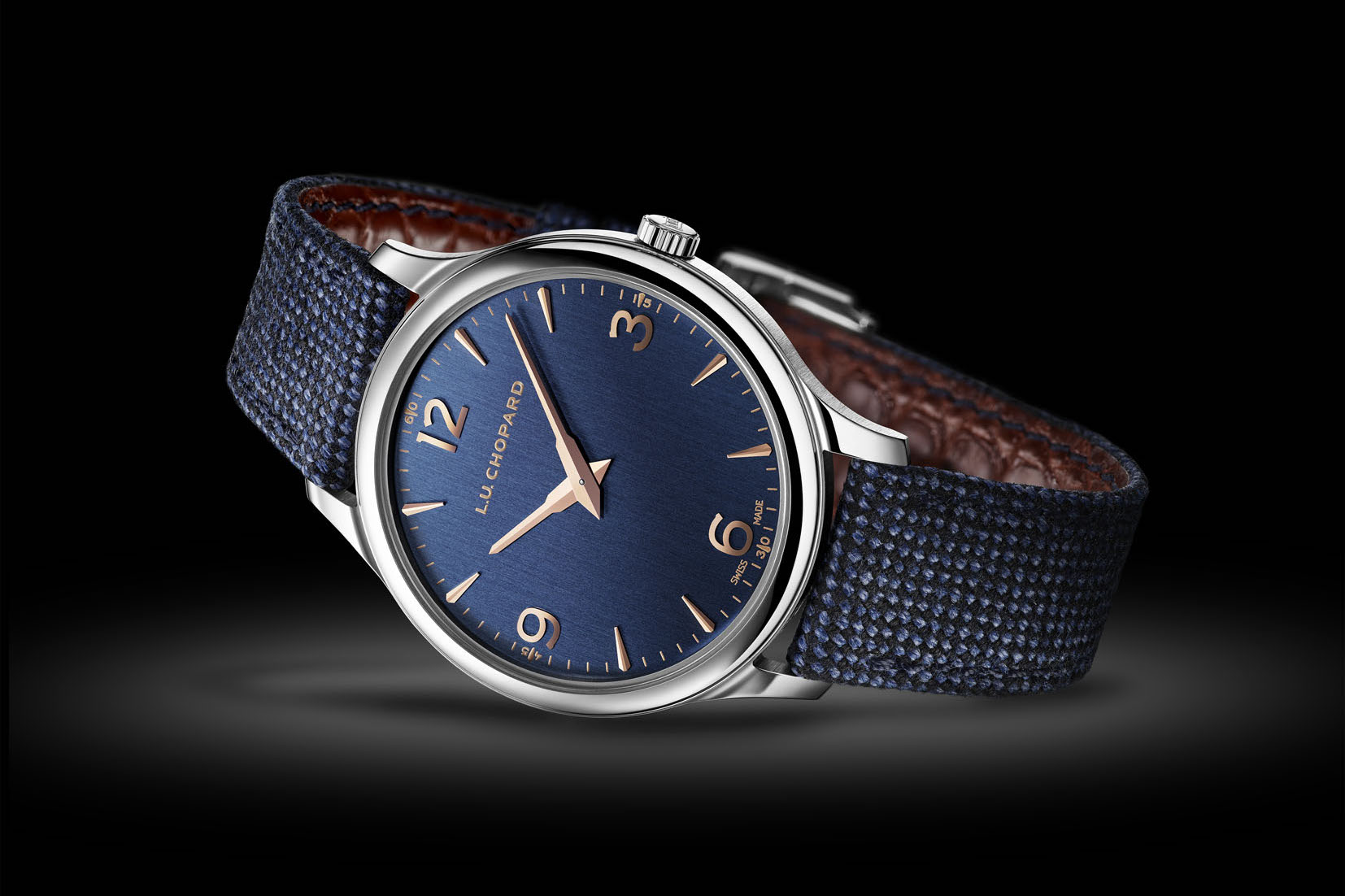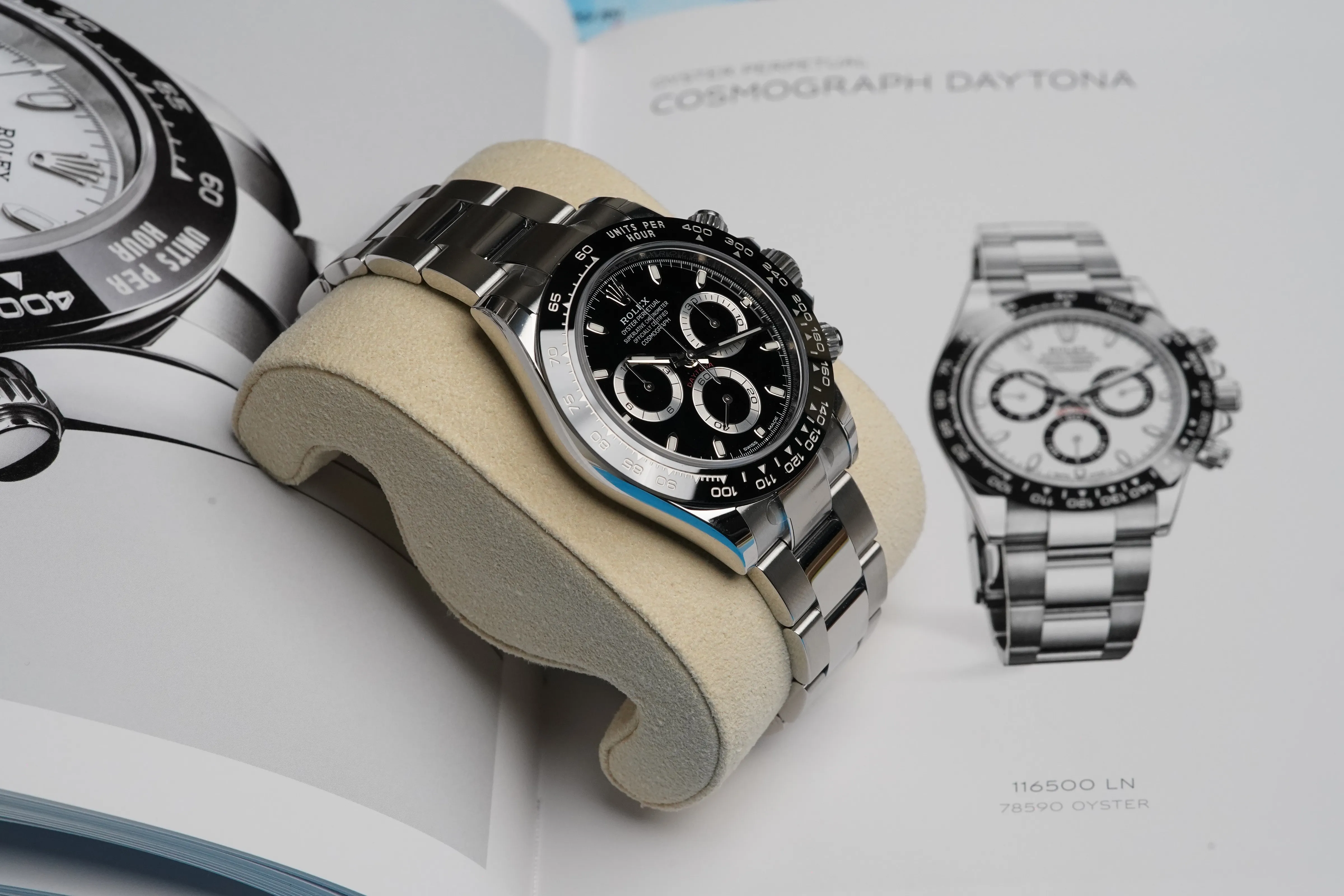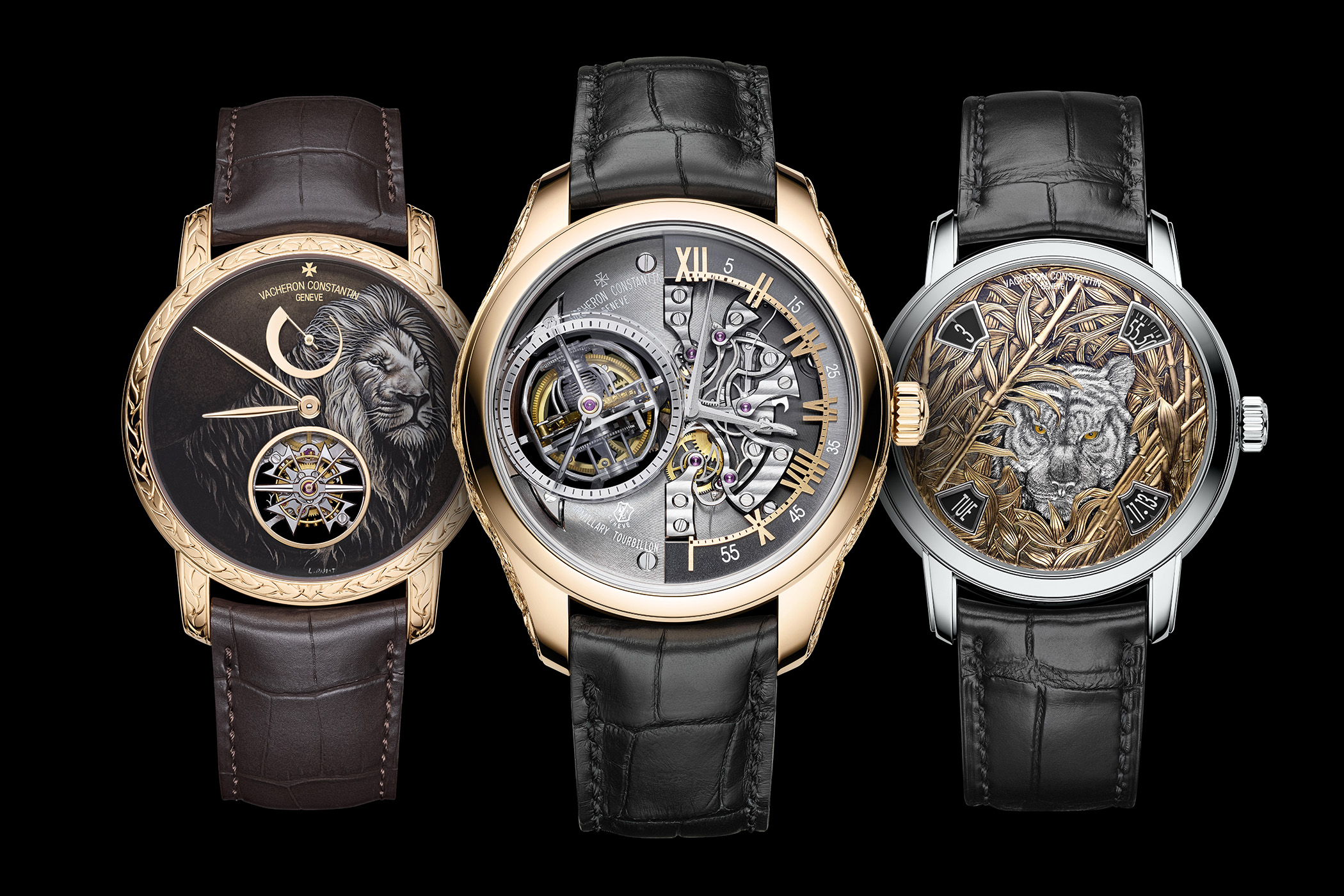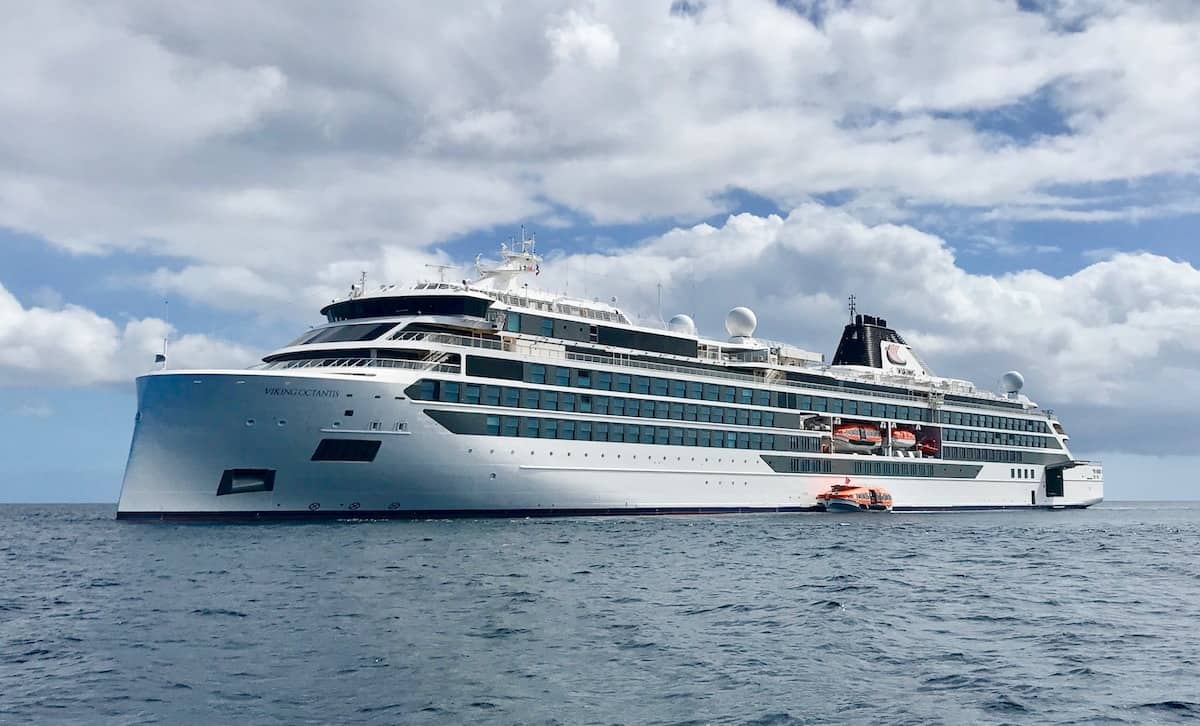Great Lakes cruises have become a sought-after luxury travel experience in North America. With routes covering Lake Superior, Lake Michigan, Lake Huron, Lake Erie, and Lake Ontario, these cruises take you through pristine waters, stopping at iconic cities like Toronto, Cleveland, Chicago, and Detroit. But many travelers are surprised when they see the hefty price tags attached. So, what makes these cruises so expensive? Let's explore the core reasons behind the high cost and how you can still enjoy this once-in-a-lifetime experience without breaking the bank.
What Is a Great Lakes Cruise and Why Is It Unique?
A Great Lakes cruise is not your average ocean voyage. It’s a boutique-style, freshwater cruise through some of the world’s largest lakes, often with fewer than 400 passengers onboard. Unlike Caribbean or Mediterranean cruises, Great Lakes itineraries focus on immersive cultural stops, wildlife, local history, and scenic beauty. Destinations like Mackinac Island, Milwaukee, and Niagara Falls add unique charm to the journey.
These cruises offer a premium experience with high-end suites, curated shore excursions, gourmet cuisine, and enrichment programs, making them comparable to luxury river cruises in Europe or Alaska.
How Much Do Great Lakes Cruises Cost in 2024?
Here’s a breakdown of starting rates from top cruise lines:
-
Viking Cruises – From $5,860 per person for 7 nights
Ponant Cruises – Starting at $5,480 for 7 nights
-
American Queen Voyages – 10 nights at $5,489 per person
-
Pearl Seas Cruises – Starting at $5,350 for 7 nights
These prices reflect the upscale experience and limited availability. Unlike ocean cruises that start at $100-$200 per night for interior cabins, Great Lakes cruises typically begin at $500 or more per night, with no budget cabin options.
Top Reasons Why Great Lakes Cruises Are So Expensive
1. No Interior Cabins Means Higher Base Prices
Ocean cruise lines often promote low fares by offering interior cabins without windows. Great Lakes ships are built for scenic views, so every stateroom includes at least a window, often a balcony. This raises the base fare significantly.
2. Short Operational Season Increases Demand
Cruising on the Great Lakes is seasonal, typically running from May to September, due to weather and navigational limitations in the St. Lawrence Seaway. This short season creates high demand and limited supply—an ideal formula for premium pricing.
3. Smaller Ships, Fewer Passengers
Ships sailing the Great Lakes must adhere to size limits—usually under 740 feet long and 78 feet wide. This limits guest capacity to around 200–400 passengers per cruise. Fewer passengers mean less revenue per voyage, forcing cruise lines to charge more per person.
4. High Crew-to-Passenger Ratio Improves Service (and Costs)
Smaller ships typically require more staff per guest. While this results in better service, it also increases operational costs. Many of these vessels employ American crew members, whose wages must comply with U.S. labor laws—adding further to expenses.
5. Gourmet Cuisine and Made-to-Order Meals
Unlike large ocean liners that serve buffet-style meals to thousands, Great Lakes cruises offer chef-curated menus, often sourced from local ingredients. High-quality dining and personalized meals naturally contribute to the overall cost.
6. Limited Competition Means Less Price Pressure
Only a few cruise lines operate in this niche, including Viking, Pearl Seas, and American Queen Voyages. With minimal competition, there’s less incentive to offer steep discounts or engage in price wars. These companies focus instead on delivering a premium product.
7. High Operational Costs and Compliance Fees
Navigating the Great Lakes involves high port fees, ice-class ship requirements, and strict environmental regulations. The distance between ports also increases fuel consumption. All these factors inflate the total operational cost per cruise.
8. Rich Educational and Cultural Experiences
From onboard lectures and historical tours to expert-led excursions, Great Lakes cruises offer more than sightseeing. The cost of hiring historians, naturalists, and chefs for enrichment activities gets passed on to the guests—but adds enormous value.
9. Appeals to Wealthier, Older Demographics
These cruises often attract affluent, retired travelers ticking items off their bucket list. This demographic prioritizes comfort, privacy, and enriching experiences over budget travel, allowing cruise lines to maintain premium pricing.
10. American Labor Costs
Because many of these ships operate under the U.S. flag or within U.S. borders, they must follow U.S. labor laws. That means higher wages and stricter employment regulations compared to international cruise lines hiring low-cost labor from developing countries.
Tips for Booking a Budget-Friendly Great Lakes Cruise
While Great Lakes cruises are luxurious, there are smart ways to reduce costs and still enjoy this extraordinary experience.
1. Travel During Shoulder Season
Prices drop significantly in April, May, or October. You may have to bundle up, but you’ll still enjoy beautiful views and fewer crowds—at a fraction of the peak-season price.
2. Use a Reputable Travel Agent
Travel agents often have access to exclusive promotions and unpublished deals. They can help you navigate options, save money, and secure added perks like onboard credits or room upgrades.
3. Book Early
Booking your cruise 6 to 12 months in advance often yields early-bird discounts. With limited sailings each year, planning ahead ensures better selection and pricing.
4. Monitor Last-Minute Deals
If you’re flexible with travel dates, sign up for newsletters from cruise lines or deal websites. Last-minute cancellations can lead to surprise discounts.
5. Choose a Central Cabin
Cabins in the middle of the ship tend to be more budget-friendly than suites or balcony rooms. These rooms are less expensive, and any potential for noise is minimal on these quiet, small ships.
Are Great Lakes Cruises Worth It?
Absolutely. While they may carry a higher price tag than traditional cruises, Great Lakes cruises offer an unmatched blend of comfort, culture, and scenic beauty. With smaller ships, personalized service, and immersive excursions, you’re not just taking a cruise—you’re experiencing the heart of North America in a refined, unforgettable way.
By planning smartly—booking early, staying flexible, and using a travel agent—you can enjoy the magic of the Great Lakes without overspending.
FAQs About Great Lakes Cruises
When is the cheapest time to take a Great Lakes cruise?
Early spring (April–May) and late fall (October) offer the lowest prices, though the weather may be cooler.
Why are Great Lakes cruises pricier than ocean cruises?
The combination of limited sailings, small passenger capacity, luxury accommodations, and U.S.-based labor and regulations increases the per-person cost significantly.
Is a Great Lakes cruise a good travel investment?
Yes. For travelers seeking a unique, educational, and relaxing experience without leaving North America, it’s a bucket-list journey worth every penny.
























:max_bytes(150000):strip_icc():format(webp)/TAL-carnival-celebration-CARNIVALSHIPS1223-1e1feaf195964a5d912029893bfaa129.jpg)









